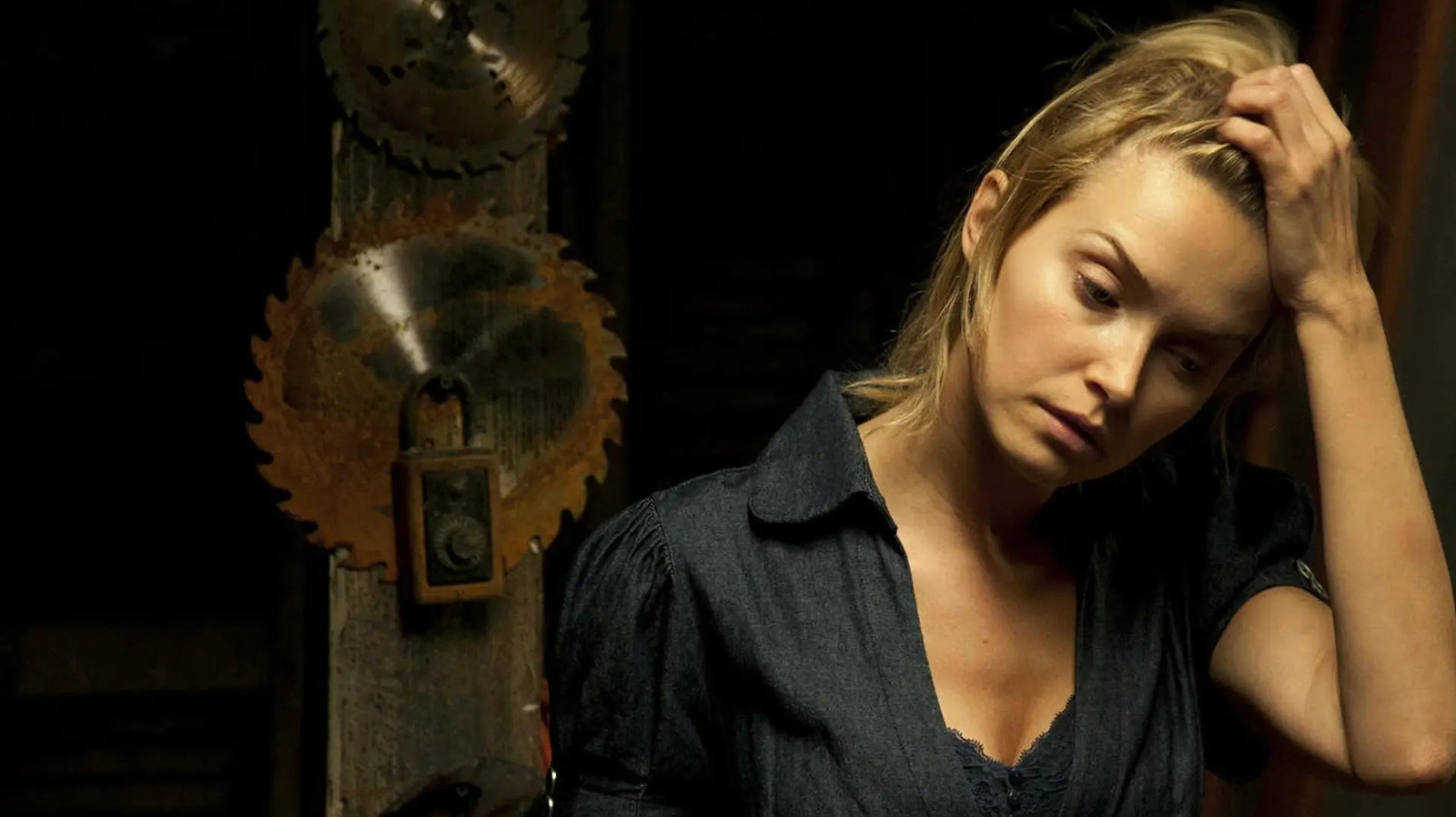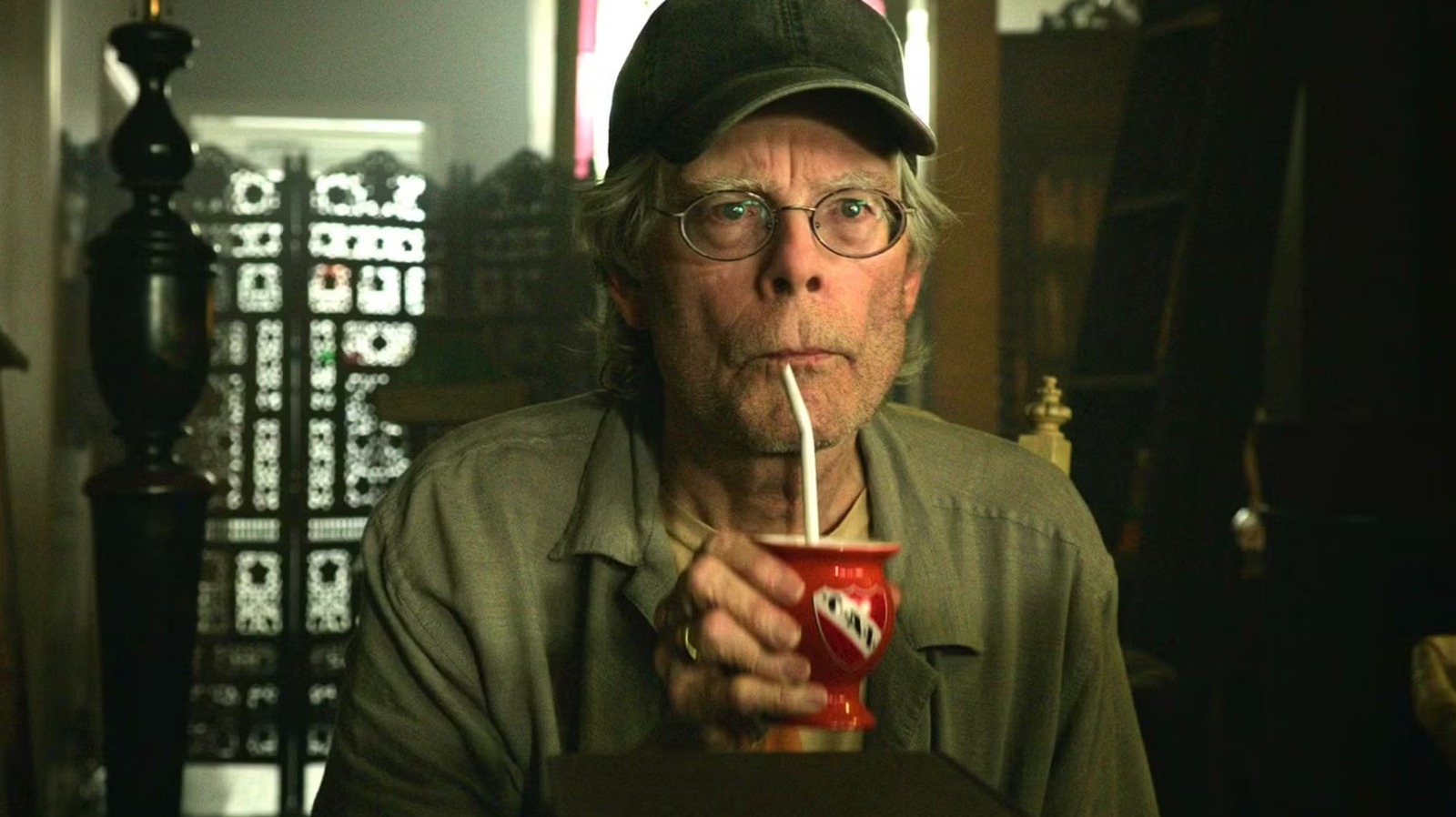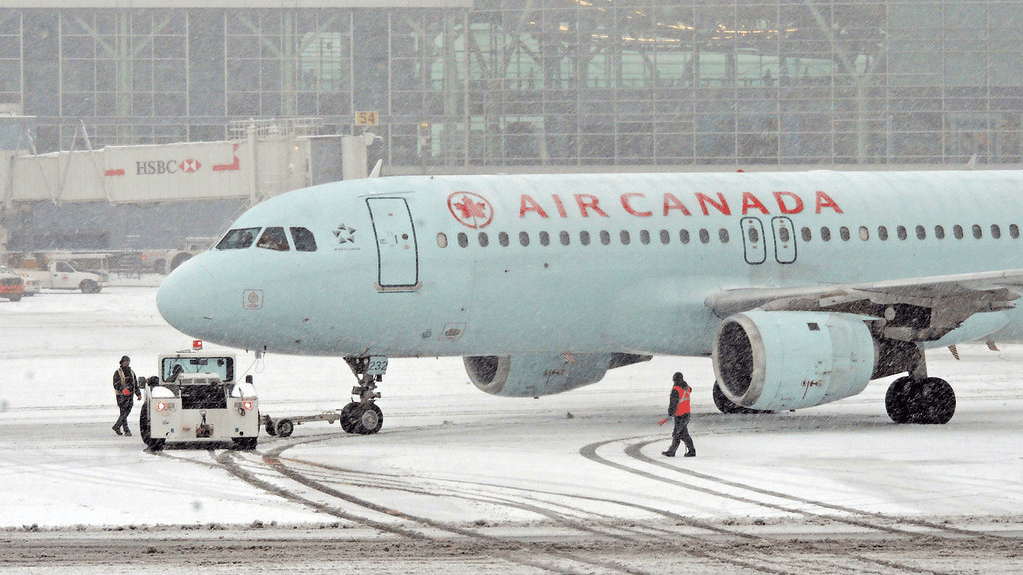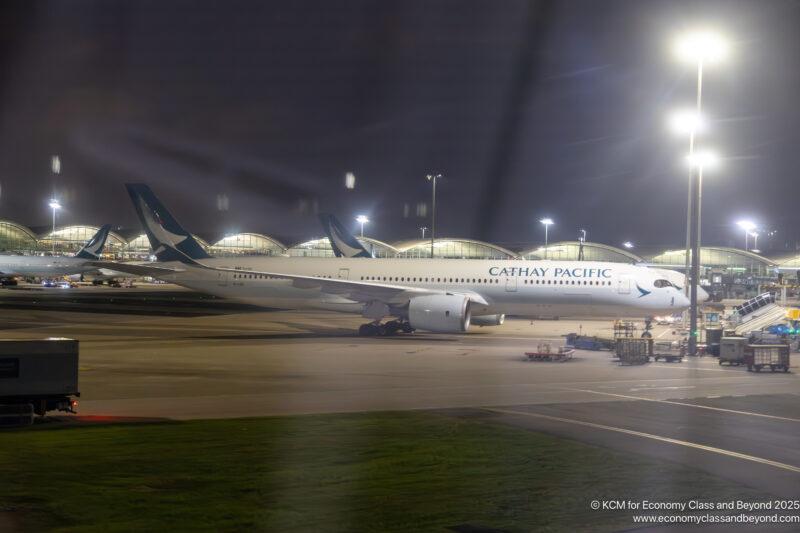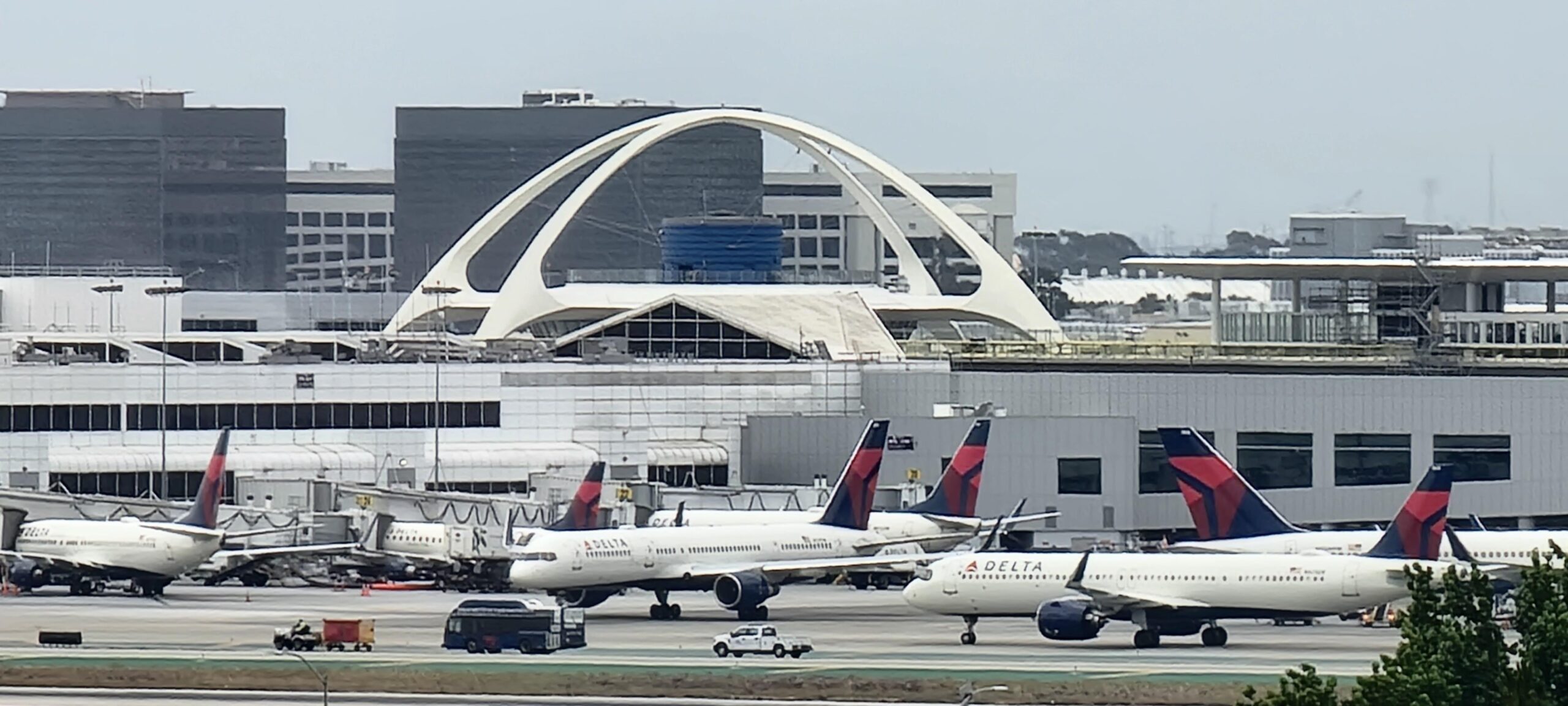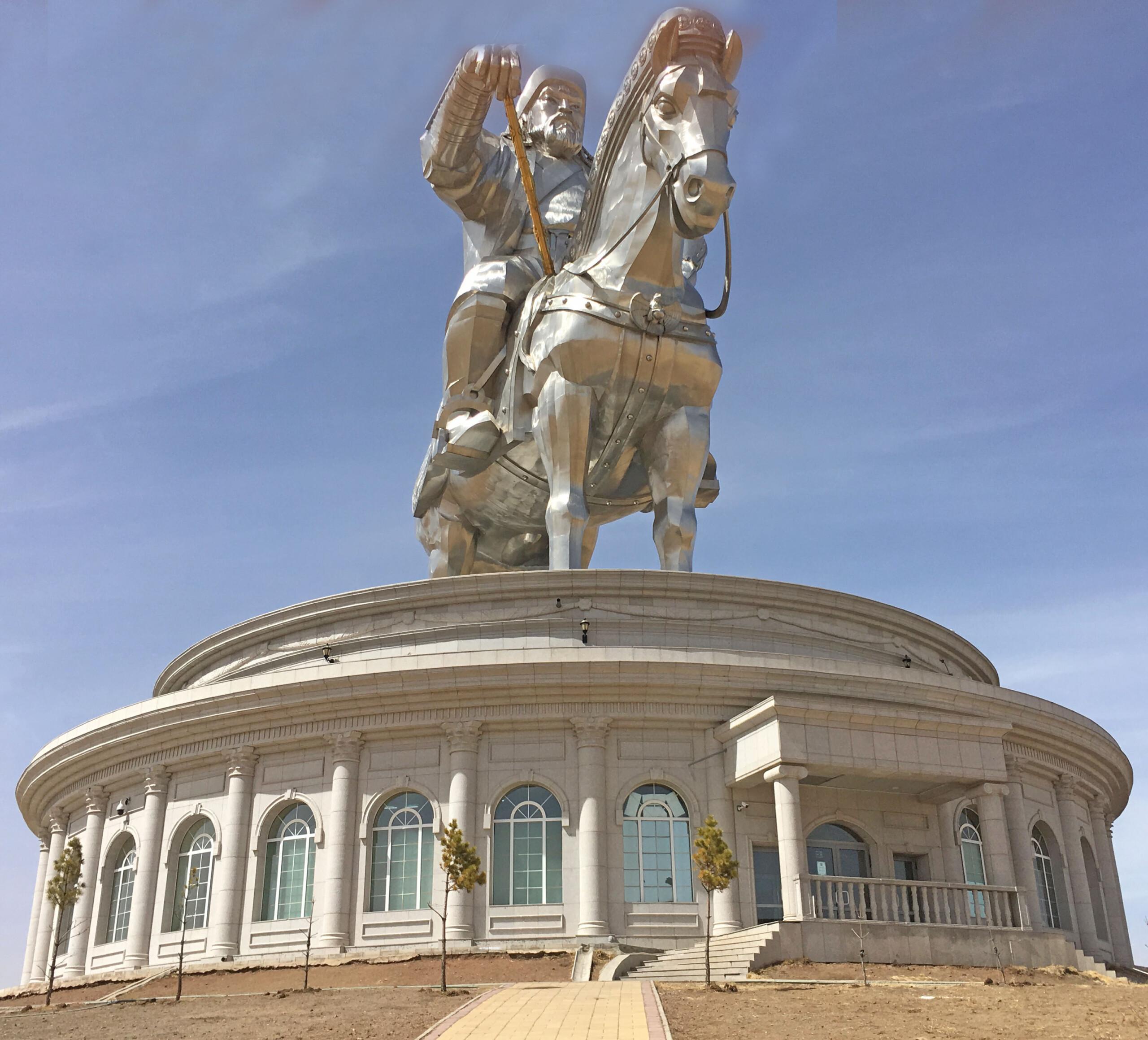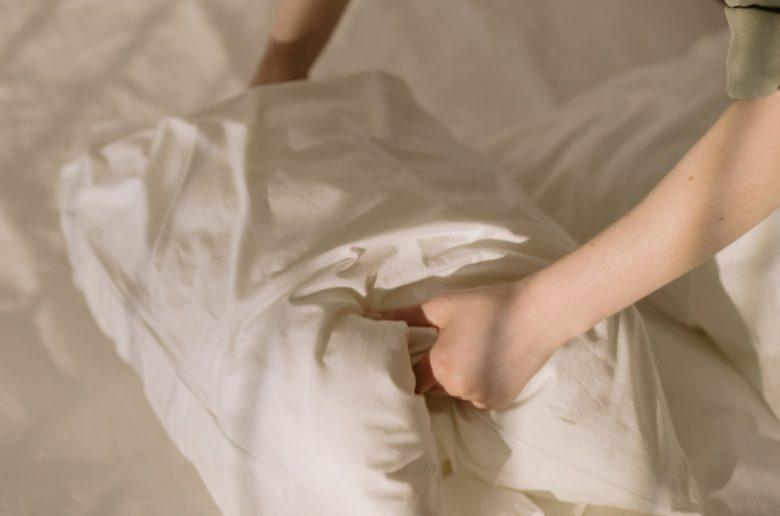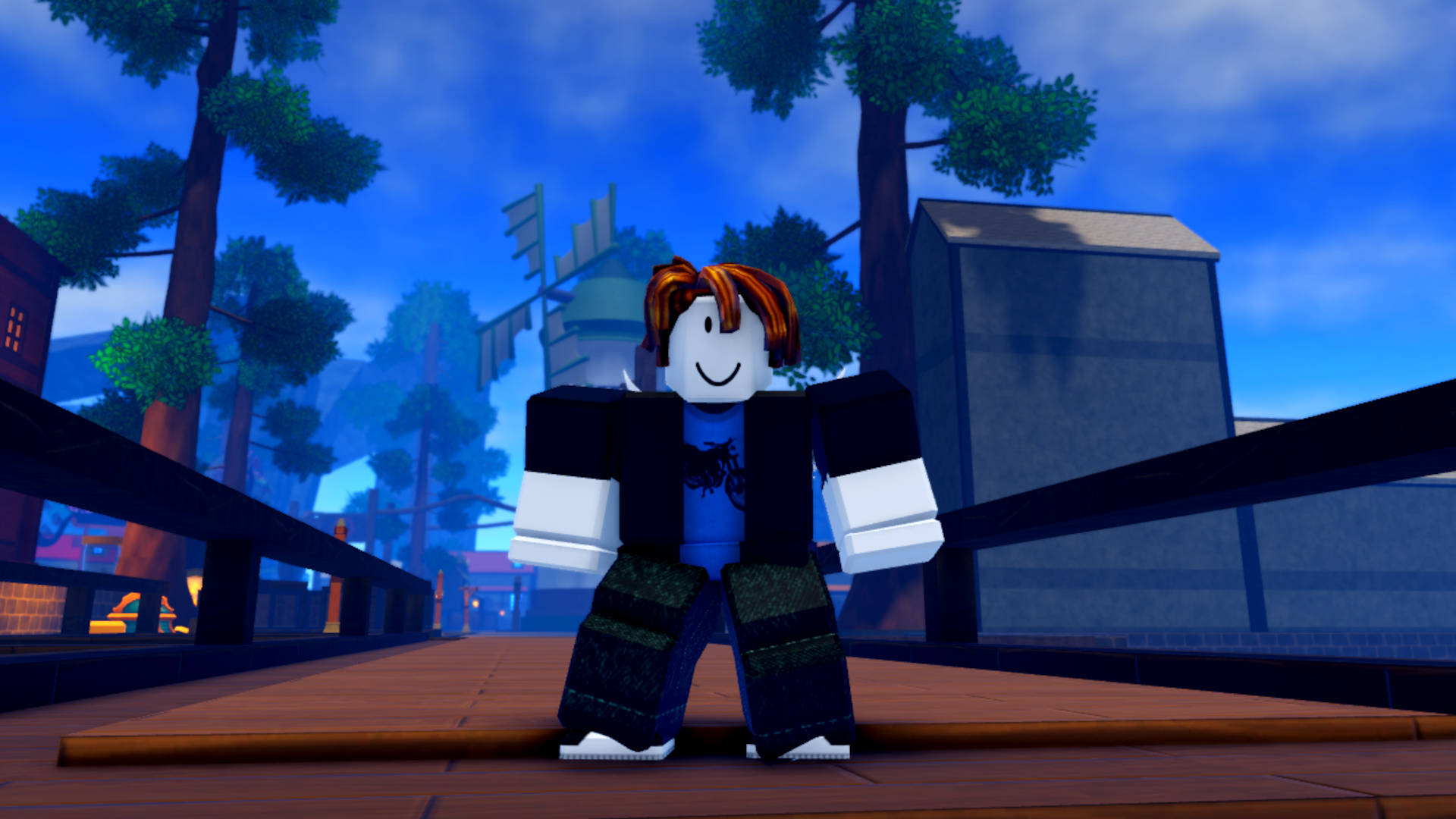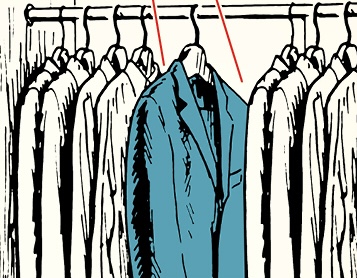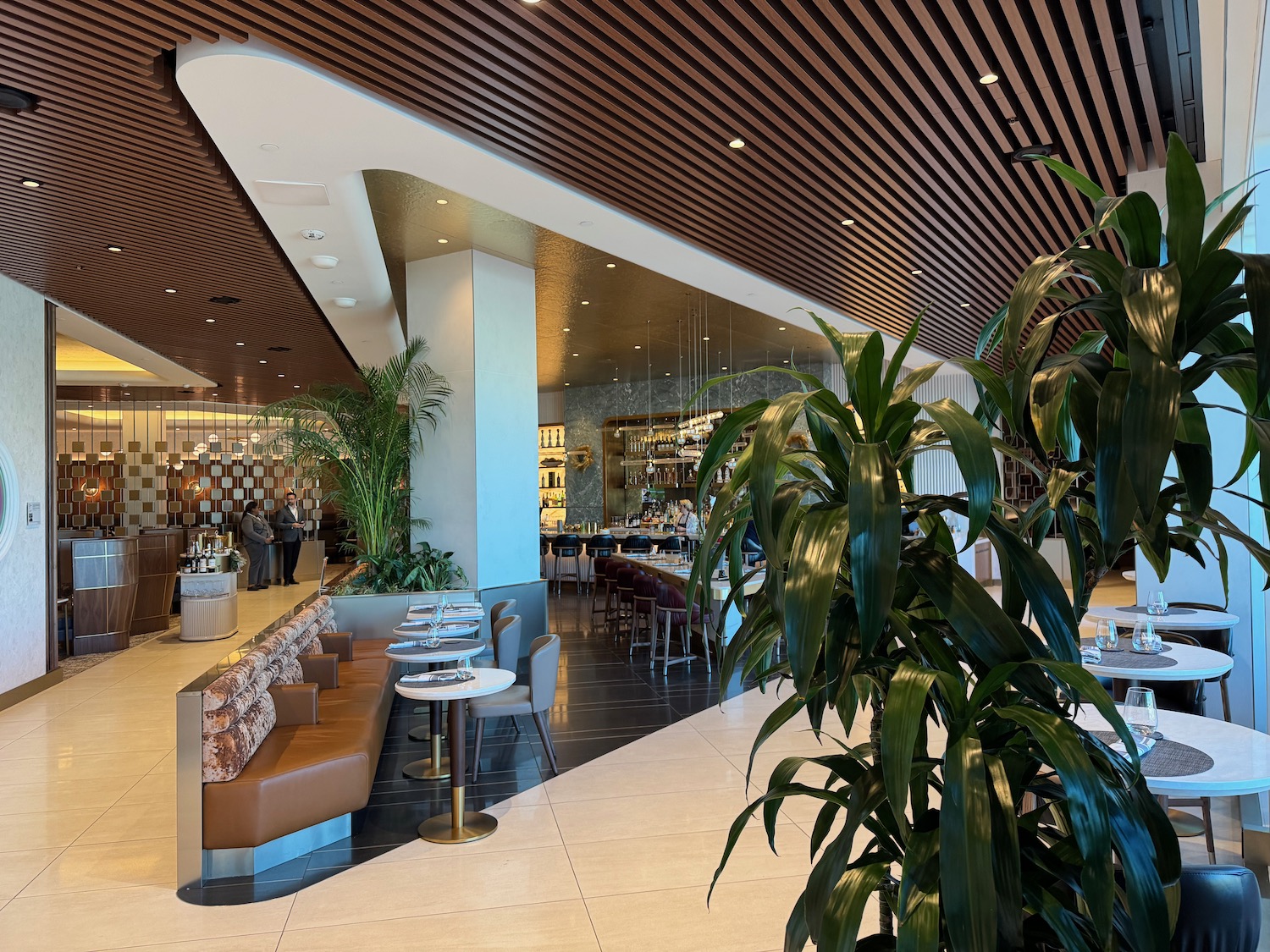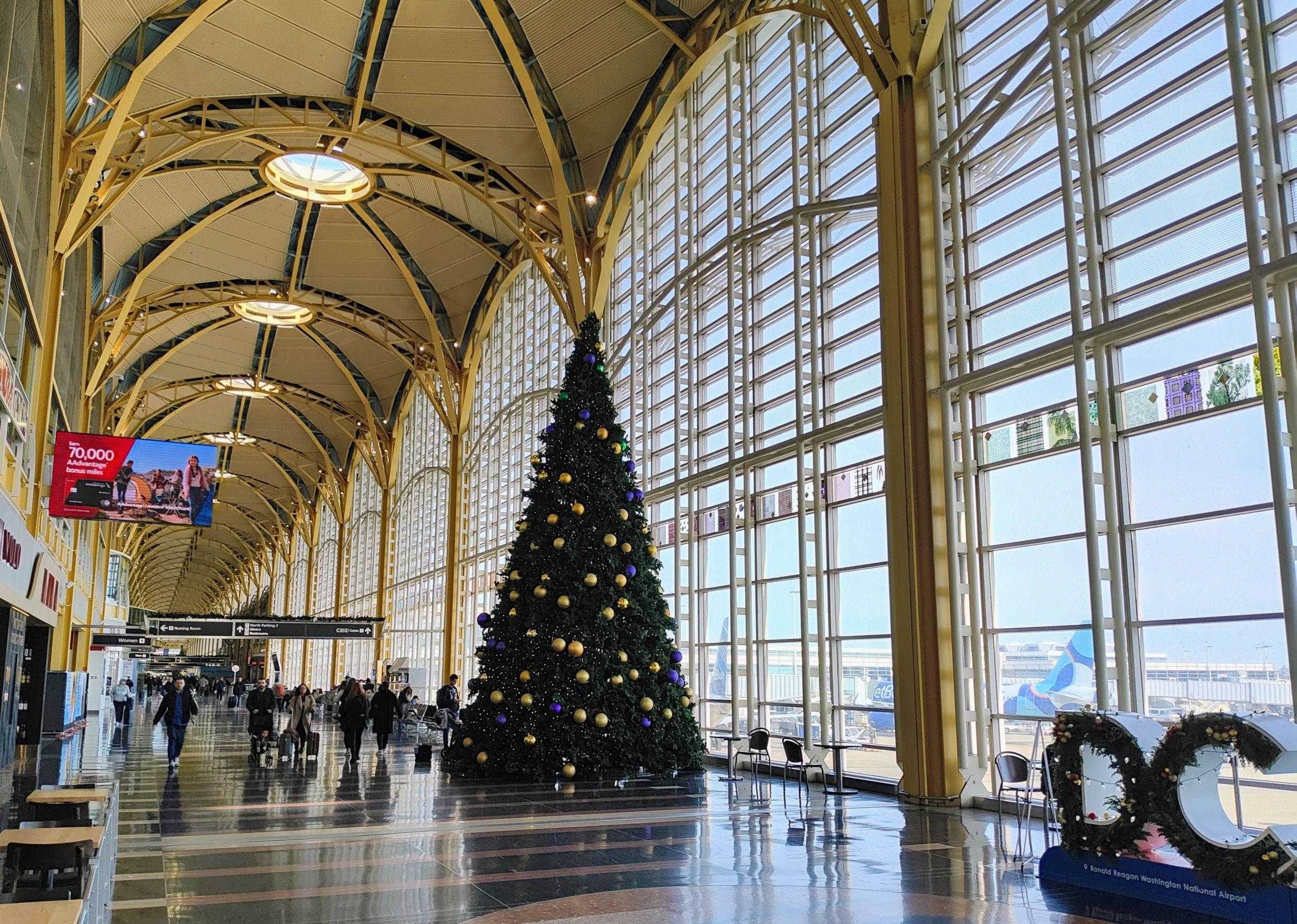The hidden cost of rate disparity: OTAs undercutting hotels responsible for 50% rise in Cost Per Click
Hotels allowing OTAs to undercut their rates face 47% higher CPC costs, highlighting the importance of rate integrity for profitability. The article The hidden cost of rate disparity: OTAs undercutting hotels responsible for 50% rise in Cost Per Click first appeared in TravelDailyNews International.
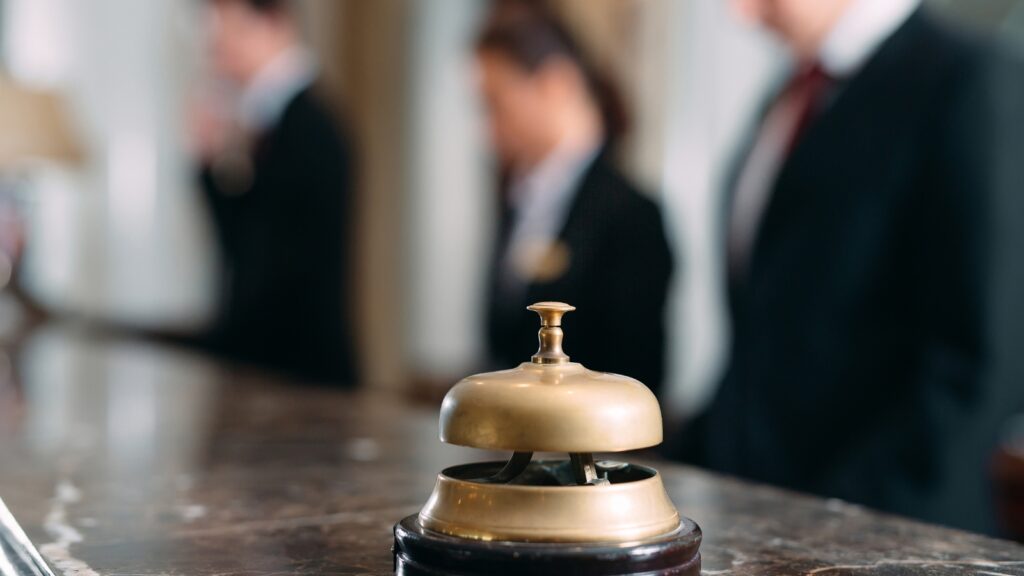

HOUSTON TX – Hotels that allow Online Travel Agents (OTAs) to undercut their rates pay nearly 50% more for PPC leads, new research has revealed. Analysis of 27million Cost per Click (CPC) impressions shows hotels are forced to pay an average of 47% more per click than if they offered the lowest nightly rate on their own website, a study by global hotel technology specialist SHR shows1.
Cost per click climbs to $0.97 (£0.79) when hotels allow OTAs to offer the cheapest rate compared with $0.66 (£0.54) for hotels who make sure they offer the best deal2, SHR reports in “Digital Strategy Secrets for Hospitality”.
The increased cost is driven by competition. OTAs increase their bids on branded searches when they know they can offer travelers the best price. This is because they understand that having the lowest rate is the biggest determining factor for conversion, and they’re confident the investment will pay off.
This in turn pushes up the cost per click for the hotels when bidding on their own branded search results.
Even offering rate parity – keeping rates on direct booking sites and OTAs the same – still increases cost per click significantly compared with hotels maintaining the lowest rate on their own site. Hotels offering the same rate on their own website as on the OTA sites pay 35.9% more per click at $0.89 (£0.73).
While OTAs provide valuable visibility and access to a broader audience, the study makes clear how the extra costs associated with rate undercutting significantly impact hotels’ marketing budgets and overall profitability. This situation compels hotels to allocate more resources to maintain their online presence and compete effectively, often forcing them to divert funds from other marketing initiatives that could drive long-term growth. Striking a balanced booking strategy that leverages the strengths of OTAs alongside direct channels enables hotels to maintain visibility while optimizing profitability. Rate integrity therefore frees hotels to shift resources toward building sustainable guest acquisition pipelines because they benefit not only from the lowest CPC but also the strongest conversion rate.
These findings come as the hospitality industry is expected to see a major shift, with predictions that hotels will secure more direct bookings than from OTAs by 20303. This forecast highlights the growing importance of strategies that strengthen direct channels and reduce OTA lead generation.
Steve Collins, VP of Digital Marketing at SHR, said: “Our findings highlight the delicate balance hotels must maintain when working with OTAs. While these platforms help hoteliers reach a wider audience, abandoning rate integrity sacrifices marketing spend and profit. By prioritizing direct bookings and making OTA partnerships more balanced, hotels can achieve more sustainable growth and more efficient digital marketing spend.
“The research underscores the need for hotels to take a holistic view of their digital strategy. Approaches that prioritize direct bookings, while also investing in broader brand-building activities earlier in the customer journey, can help hotels remain competitive.”
Founded in 2004, SHR (an Access Company) is a global specialist technology and service provider to the hotel sector. Through a full suite of tools and services, SHR helps over 2,000 hoteliers globally maximize revenue by optimizing all aspects of the booking and retention ecosystem.
The article The hidden cost of rate disparity: OTAs undercutting hotels responsible for 50% rise in Cost Per Click first appeared in TravelDailyNews International.
What's Your Reaction?









